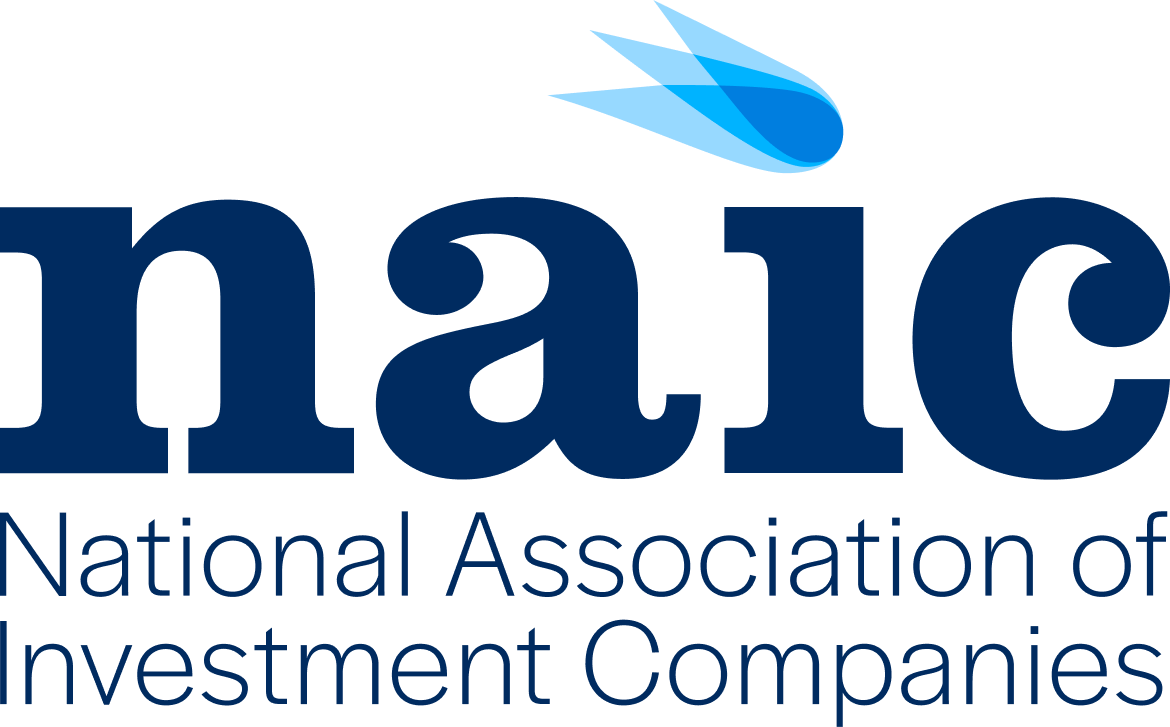
“I needed to do something impactful with my life,” recalls Yasmine Lacaillade on her reasons for launching Sinefine in 2022. “I think, especially as a woman and as a mother, I felt it was my responsibility to show them that you can build up your own impact. On a deeply personal level, that’s what matters.”
At the time the inspiration struck her, Lacaillade had built an eight-year track record of solid performance at Drive Capital, a Columbus, Ohio-based venture capital firm. During her tenure at the firm, she spearheaded the creation of an emerging manager seed program and grew a single early-stage venture fund into a $2.3 billion private equity platform. “I was drawn to emerging managers that come from different, less predictable patterns,” she says. “I really enjoyed… investing in the non-obvious outside of the traditional Silicon Valley walls.”
That understanding and ability to look at opportunities beyond well-established norms led Lacaillade to launch Sinefine (pronounced “SEE-nay FEE-nay”), an industry and sector-agnostic fund of funds. Sinefine, a Latin phrase meaning “limitless,” looks to build out a network of women-owned VC firms and establish it as an outperforming asset class that adds value to institutional portfolios. Sinefine looks to invest capital across strategies, from pre-seed through growth equity. The team plans to go to market in the third quarter to raise its inaugural fund with institutional investors.
A One-Stop Solution
Sinefine’s investment thesis contends that most data shows that women outperform their male peers in the industry despite limited resources. However, most women-owned venture firms have assets that fall below many allocators’ minimum AUM thresholds. Then, there is the fact that women are grossly underrepresented in Silicon Valley. According to the Harvard Kennedy School, the public policy and government school at Harvard University, women make up approximately 11% of investing partners at VC firms, and only around 13% of venture capital dollars go to startups with a woman on the founding team.
Sinefine looks to address this issue and narrow the capital allocation disparity between female VCs and their male competitors.
“We are here to generate financial returns, but we also think that women will radically change and honestly upgrade and broaden what the venture capital market has been exposed to.”
Yasmine Lacaillade, Founder & Managing Partner, Sinefine

“We are absolutely creating a concentrated portfolio of proven, to varying degrees, female-led investors,” explains Lacaillade.
Bolstering the Sinefine team is Tony Meadows, who serves as a Partner and brings vast institutional capital deployment experience. Meadows spent more than 13 years at Pennsylvania Public School Employees’ Retirement System (PSERS), a $70 billion state pension plan, where he most recently oversaw private equity general partner relationships and related direct co-investments. He is also adept at portfolio construction. “Yas and I are building a diversified VC portfolio. It’s a one-stop solution,” Meadows explains. “The only caveat to our VC fund of funds is that there has to be women’s ownership in the management company and women in the investment process itself.”
While technically, the strategy can be defined as a DEI play, the focus here is on results – something often overlooked by ESG opponents. Simply put, the net commercial outcome is greater when there is a more diverse group of people around the table. Sinefine’s approach is intentional and methodical. “We want to make sure that we have DPI earlier in the fund life,” says Meadows. “We’re also trying to diversify across industries – so it’s not going to be all consumer. It’s not going to be all tech. Then, diversify across vintage years. We’re going to try and equally weight as much as we can from a vintage year perspective.“
Building a Pipeline
Meadows and Lacaillade met during the former’s tenure as Portfolio Manager, Private Equity for PSERS and the latter’s as Chief Operating Officer at Drive Capital. Like every manager trying to start raising substantial investment vehicles, Lacaillade went after every possible active pension, including PSERS. Once Lacaillade launched Sinefine and contacted Meadows to inform him of the new venture, he expressed interest in going to the other side of the market. Both jumped at the opportunity. “It made me realize that this is not an investment firm by women for women, which was how I originally had it,” she says. “This is an investment firm that needs to be built with the strongest team, and it needs to be very inclusive.”
The duo is now focused on building and refining the Sinefine pipeline and creating access points. Meadows holds regular meetings with general partners – roughly 10 per week – while he and Lacaillade collaborate on portfolio construction. Even before entering the market, the pressure is on for a female VC-focused fund of funds to perform.
“This has to be a top quartile if not a top decile fund. If we do anything less, we’ve done a disservice to the underfunded community. We want to have a 3X-plus fund of funds at the end of the day.”
Tony Meadows, Partner, Sinefine


“This has to be a top quartile if not a top decile fund. If we do anything less, we’ve done a disservice to the underfunded community. We want to have a 3X-plus fund of funds at the end of the day.”
Tony Meadows, Partner, Sinefine
“That is our goal,” says Meadows, “but we’re being thoughtful with the risks we take and trying to align ourselves with our limited partners.”
The firm subscribes to the concept that what will be venture-backed in the next ten years will be radically different and broader than what was invested in the previous 40. “Women have a proclivity to invest in different markets than men do. They look at companies differently, and that means that from a portfolio construction perspective too,” Lacaillade attests. “It’s going to add a whole new subset of names. That’s really important from a diversification output perspective because it enriches the LPs’ existing portfolios.”

